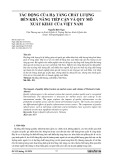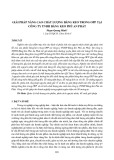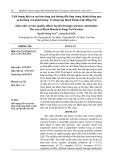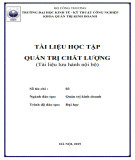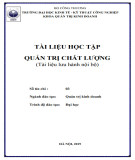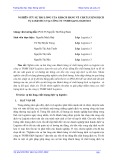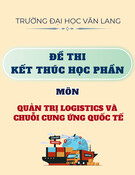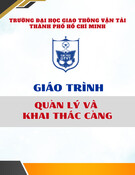
http://www.iaeme.com/IJM/index.asp 191 editor@iaeme.com
International Journal of Management (IJM)
Volume 7, Issue 7, November–December 2016, pp.191–203, Article ID: IJM_07_07_020
Available online at
http://www.iaeme.com/ijm/issues.asp?JType=IJM&VType=7&IType=7
Journal Impact Factor (2016): 8.1920 (Calculated by GISI) www.jifactor.com
ISSN Print: 0976-6502 and ISSN Online: 0976-6510
© IAEME Publication
STUDY OF SUPPLIER PERFORMANCE SCORECARD
SYSTEMS OF CAR MANUFACTURING COMPANIES
IN INDIA: A LITERATURE REVIEW
Anand Patil
PhD Research Scholar, Organizational Management, Vishwakarma Institute of Management & Research,
Pune University, Pune, India
Dr. Jyoti Gogte
PhD Research Guide, Vishwakarma Institute of Management & Research,
Pune University, Pune, India
ABSTRACT
“The constant pressures of Globalization and Competitive advantage have influenced
organization to attain goal of low cost, high quality, flexibility and more customer satisfaction.”
(Patil A.N., 2014). Good supplier base has become important part of strategies in gaining
competitive advantage. For this effective supplier evaluation in terms of measurement and
monitoring plays a vital role. “Choosing the right supplier plays an important role in making
organizations profitable and keeping them focused on their potential strengths. Therefore,
evaluating the quality of suppliers carefully is vital for any company”. (Thesis A. 2012).
Measuring performance of supplier is complex task due to numerous factors including regional
organizational culture, Industry trends and issues. In this paper, study is made for exploring
supplier evaluation based on: (1) Evaluation parameters identified by 161 researchers from 1966
to 2012 (2) Scorecards used by Indian car manufacturing companies for evaluation of their
suppliers and (3) International standard ISO/TS16949.
Based on the result of the study of literature, we conclude that supplier evaluation parameters
are no longer fixed and will continue to change, based on industry dynamics.
Supplier evaluation parameters include both, traditional parameters (like cost, quality,
delivery) and nontraditional parameters (technical capability, reputation and position in industry
etc). Experience and studies have shown that there is no best way for evaluating suppliers; it varies
from country to country, also from one company to other. “Increased competition and
globalization of markets facilitated by Internet-based technologies have combined to dramatically
change the ranking of factors while introducing new criteria to the supplier evaluation process.”
(S. Hossein Cheragh, Mohammad Dadashzadeh, Muthu Subramanian, 2004)
JEL Classification: L2, L20, L21, L25, L6, L60, L62, L25, M10, M11, M19
Key words: Supplier evaluation, Supplier performance, Scorecards, Performance measurement,
Supplier evaluation parameters, Car Manufacturing Companies in India









